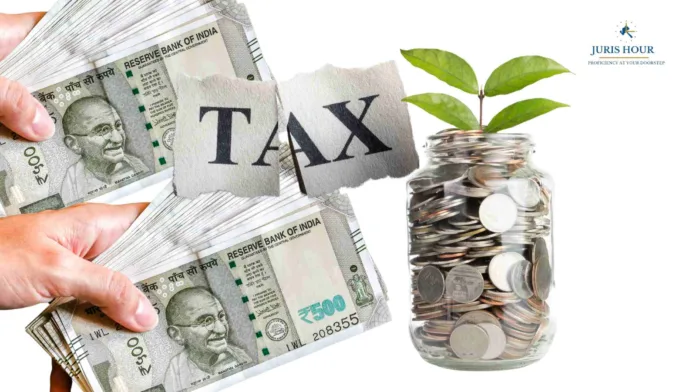As more married couples in India look to optimise their investments through joint fixed deposits (FDs), questions around taxation and reporting responsibilities are gaining prominence.
While joint FDs offer convenience and shared financial planning, tax experts warn that improper disclosures and misunderstanding of ownership rules can lead to tax mismatches or unwanted scrutiny from the Income Tax Department.
Tax Liability Based on Ownership, Not Just PAN
In most joint FD arrangements, the bank considers the first holder’s PAN for all taxation purposes. The entire interest income is reported against this PAN, and tax is deducted at source (TDS) if the annual interest exceeds ₹40,000 (or ₹50,000 for senior citizens). However, under the Income Tax Act, interest income is legally taxable in the hands of the actual contributor(s) to the deposit.
“Just because the bank credits the interest to the primary account holder, it doesn’t mean they are solely liable for tax on the income,” says Rohit Maheshwari, a Delhi-based chartered accountant. “The Income Tax Department considers the source of funds and the proportion of contribution in determining tax liability.”
Clubbing Provisions Apply if Spouse Is Not the Contributor
According to Section 64(1)(iv) of the Income Tax Act, if one spouse provides the funds and the other spouse is named as the FD holder, the income generated from that FD is added—or clubbed—with the income of the person who funded it. This provision aims to prevent tax avoidance by transferring assets to a lower-income spouse.
This means that unless both spouses contribute in defined proportions, the interest income from a joint FD may be entirely taxed in the hands of the contributing spouse, even if the FD is in joint names.
High Court Rulings Support Proportional Taxation
In multiple rulings, including from the Gujarat and Bombay High Courts, the judiciary has clarified that income from jointly held financial instruments should be split in accordance with the contribution ratio of each holder. Experts recommend that couples keep documentary evidence of the source of funds used to create the FD.
“In case of a tax audit or scrutiny, having proof—like bank transfer records or account statements—showing the exact contribution by each spouse becomes vital,” explains Sujata Deshpande, a Mumbai-based tax consultant.
TDS and Refund: Filing Individual Returns Is Key
Banks issue TDS certificates and Form 16A in the name of the first account holder. As a result, the second holder’s interest income may not be visible in their Form 26AS or AIS (Annual Information Statement). However, each spouse is still required to disclose their actual share of income in their respective Income Tax Returns (ITRs).
Spouses with minimal or no taxable income may claim a refund of the TDS deducted, provided they file ITR and submit Form 15G or 15H where applicable.
Mismatch Between TDS and Income Disclosure May Trigger Notices
Tax professionals warn that a mismatch between interest income declared and the TDS reported could lead to scrutiny under the Income Tax Department’s Specified Financial Transactions (SFT) monitoring system. This is especially relevant for high-value FDs, where failure to reconcile the income and TDS data can trigger reassessment notices.
Key Scenarios and Their Tax Treatment
|
Scenario |
Tax Treatment |
|
Both spouses contribute equally to the FD |
Each declares 50% of interest income in ITR |
|
One spouse provides full funding, other is named in FD |
Interest income clubbed with the contributor’s income |
|
TDS deducted using one spouse’s PAN |
That spouse claims refund if applicable; both must file ITR |
|
Contribution ratio is undocumented |
Entire income may be taxed in hands of primary holder by default |
Best Practices for Tax Compliance
Experts recommend that couples:
-
Maintain proof of individual contribution to joint FDs.
-
Submit Form 15G/15H to avoid unnecessary TDS where eligible.
-
Declare interest income proportionately while filing ITRs.
-
Keep a record of bank certificates and TDS documentation for reference.
Conclusion
While joint FDs are a sound financial tool for married couples, they also bring with them tax responsibilities that should not be ignored. Understanding and applying tax laws correctly—especially around clubbing provisions and ownership documentation—can prevent unexpected tax demands or refund delays. For high-value deposits or in cases of uncertainty, consultation with a tax professional is strongly advised.

